Are you questioning whether hydrantas are capable of thriving outside? You’re in luck! But how do you go about cultivating hydrangeas in the open air? This blog will tackle every step, from selecting your site to ensuring your flowers reach their full beauty. Not only is adding these lush plants beneficial for insects; it’s also a great way to bring texture, color, and other surprises throughout the seasons for yourself too! Get ready—we’re about to explore everything there is to know about hydrangea planting outdoors below!
Hydrangeas
Hydrangeas, with their lush foliage and large, showy flower heads, are a gardener’s delight. Perennial plants are recognized for their resilience and capacity to thrive in different climates and soil conditions. Given the right care and attention, hydrangeas can enhance the aesthetic appeal of any outdoor space. Now, let’s delve deeper into the process of growing these beautiful blooms outdoors.
Characteristics & Types
Hydrangeas originate from Asia and the America, dating back hundreds of years. [1] Hydrangeas are a delightful sight with their striking flower heads, which come in a variety of stunning colors like deep blues, purples, pinks, and whites. The flowers blossom from late spring to fall often said to resemble a snowball or a flat disc. Hydrangea leaves are typically heart-shaped with a serrated edge, adding to their visual appeal.
Several hydrangea varieties exist, and each possesses its own distinct characteristics:
- Bigleaf Hydrangeas (Hydrangea macrophylla): These hydrangeas, which are the most frequently encountered type, are renowned for their sizable, circular flower heads and are available in two variations: ‘Lacecap’ and ‘Mophead’. The hue of their blooms can change depending on the pH level of the soil. Blue flowers appear in acidic soil, whereas pink ones blossom in alkaline soil.
- Smooth Hydrangeas (Hydrangea arborescens): Known for their large, white, ball-shaped flower heads. They are incredibly hardy and can withstand colder climates.
- Oakleaf Hydrangea (Hydrangea quercifolia): Native to the southern United States, this particular type can be identified by its distinct leaves resembling oak leaves. These leaves exhibit vibrant colors during the autumn season. Additionally, this type also bears cone-shaped flowers that are commonly white in color. [2]
- Panicle Hydrangea (Hydrangea paniculata): Distinct for their cone-shaped flower heads, are hardy plants that tolerate a variety of conditions, including cold winters and more sun than most hydrangeas.
- Climbing Hydrangea (Hydrangea petiolaris): The particular hydrangea cultivar mentioned is known for its robust climbing ability, capable of growing as tall as 50 feet. It features lacy white flower heads and a rugged, peeling bark.
Popularity of Hydrangeas as outdoor decoration
Hydrangeas have been a popular choice for outdoor decoration for quite some time and for good reasons. Their dramatic flower heads, lush green foliage, and ability to change hue depending on the soil pH make them a unique decoration to any garden, be it a small urban plot or a sprawling country landscape. Furthermore, their ability to endure and adapt enables them to flourish in diverse climates and environments. As a result, they offer a remarkable visual showcase throughout the transition from late spring to autumn.
The variety in species allows for an abundance of design possibilities. From the towering blooms of the Panicle Hydrangea, perfect for creating a garden centerpiece or a living fence, to the creeping tendrils of the Climbing Hydrangea, which can add a touch of romance to walls, fences, or trellises, there’s a hydrangea for every corner of your outdoor space. The Oakleaf Hydrangea, with its vibrant autumn colors, can provide a touch of warmth for gardens in cooler regions, while the Bigleaf variety, with its soil-sensitive colors, can add an element of surprise and novelty.
But the appeal of hydrangeas goes beyond their visual impact. These plants are great at attracting pollinators like bees and butterflies, which helps protect these important species and adds to the biodiversity of your garden. The wood of some hydrangeas is also used in traditional medicine, adding a layer of cultural and historical significance to these already captivating plants.
Considerations Before Planting Hydrangeas Outside
Before embarking on your hydrangea planting journey, several factors need to be taken into account:
Sunlight Exposure: Hydrangeas of various kinds generally flourish in areas with partial sunlight with a preference for morning sunshine and afternoon shade. However, certain varieties such as the panicle and smooth hydrangeas are more tolerant and can handle full sun.
Watering Needs: Hydrangeas require ample water, especially in the scorching summer months. Hence, it’s important to find a balance; the soil should be kept moist, but not drenched.
Pruning Requirements: Different varieties of hydrangeas have distinct pruning requirements based on their blooming time and the nature of their blooms. Some need regular pruning to encourage new bloom growth, while others do not.
Pest and Disease Control: Hydrangeas can be susceptible to various pests and diseases, including aphids, powdery mildew, and leaf spot. Regular monitoring and preventive measures can help keep these problems at bay.
Steps to Successfully Plant Hydrangeas Outside
Embarking on the journey of planting hydrangeas in your outdoor space can be an exciting endeavor. These vibrant, lush plants can transform any garden into a stunning and attractive landscape.
Planting Timing
The timing of planting hydrangeas plays a crucial role in their successful growth and blooming. Hydrangeas generally fare best when planted in spring or autumn, as these seasons provide moderate temperatures and ample rainfall, creating an ideal environment for root development. [3] Planting in hot summer months can lead to water stress and hinder root establishment, while winter planting may expose the young plants to frost damage.
It’s best to plant hydrangeas early in the day when temperatures are cooler – this can help reduce transplant shock. In terms of specific months, March through April and October to November are often ideal for most climates. However, local weather conditions and specific hydrangea variety considerations should also be factored into this decision. Always ensure the frost has passed if you’re planting in spring and that the ground is not frozen or waterlogged if planting in autumn. The right timing can provide your hydrangeas with the best possible start, setting them up for a successful, bloom-filled future.
Site Selection
Choosing the right location to plant your hydrangeas is as crucial as selecting the right time to plant them. The site you choose can significantly impact the health, growth, and blooming of your hydrangeas, making this decision an essential part of your planting journey.
The right location can provide your hydrangeas with the necessary conditions for thriving, such as optimal sunlight exposure, soil conditions, and protection from harsh weather. Conversely, a poor location may hinder their growth, lead to poor blooming, or even result in plant diseases. So, it’s worth taking the time to carefully consider where to position your hydrangeas in your garden.
When deciding where to plant your hydrangeas, consider these factors:
- Sunlight and Shade
Hydrangeas generally prefer locations that provide morning sun and afternoon shade. However, some varieties can tolerate more sunlight. Evaluate your garden’s lighting conditions throughout the day and choose a spot that matches your hydrangea’s sunlight needs.
- Protection from Extreme Weather
Planting in an area that’s exposed to wind, frost, or hail can be damaging for hydrangeas. Choose a sheltered spot with protection from these elements to ensure the plants stay healthy.
Soil Preparation
Proper soil is vital for the successful growth and blooming of hydrangeas. This process involves choosing the right soil, amending it if necessary, and preparing it for planting.
Hydrangeas generally flourish in soil that drains well and has a slightly acidic pH level, typically ranging between 5.5 and 6.5. [4] However, certain varieties such as the panicle hydrangea are more adaptable and can grow in a range of soil types.
If your soil test revealed that your soil is too alkaline, you may need to amend it to lower its pH. One common method is to incorporate natural materials like compost, thoroughly decomposed manure, or peat moss. These changes additionally enhance the fertility and drainage of the soil. If your soil is too heavy and drains poorly, consider adding coarse sand or fine gravel to improve its structure.
By carefully choosing, preparing, and amending your soil, you can create an optimal environment for your hydrangeas to grow and bloom. Do remember that soil preparation is an ongoing process and regular soil tests are necessary to maintain optimal growing conditions.
Transplantation and Growing Technique
The act of transplanting is critical in the life of a hydrangea as this is the stage where the plant sets down its roots in your garden. To start, create a hole that is double the width and equal in depth to the plant’s root ball. Place the plant into the hole and gently fill it with the soil that was prepared beforehand, making sure that the top of the root ball is even with or slightly higher than the soil surface.
When backfilling, avoid packing the soil too tightly as this can impede water penetration and root growth. Instead, firm the soil lightly with your hands to remove any major air pockets. Afterwards, ensure the plant is thoroughly watered, allowing the water to penetrate deeply into the soil to promote the development of deeper roots.
Watering and Mulching
As previously mentioned, hydrangeas are quite fond of water. However, you must strike a balance in the watering process. A good rule of thumb is to water hydrangeas deeply every few days rather than a little bit every day. This helps ensure that water reaches the deeper roots and does not simply evaporate from the surface.
Hydrangeas may require additional watering during periods of high temperature or lack of rainfall. Look out for signs of wilting or drooping leaves, which can indicate that the plant needs more water. Ensure not to excessively water, as it may result in root rot and other ailments. If your hydrangeas are recently planted, they will require more frequent watering until they become established.
To give your hydrangeas the proper mulching, use organic mulch about 2-4 inches deep. Use materials like shredded bark or compost and spread it around the plant’s base. It’s important to keep the mulch a few inches away from the stem to avoid potential issues like rot and disease. Mulching is best done in late spring or early summer.
Don’t forget to monitor the mulch and add additional layers as necessary during the season.
Caring for Outdoor Hydrangeas
Taking care of outdoor hydrangeas can be a rewarding experience, but it also requires some knowledge and dedication. Here are some tips and life hacks to help you on your gardening journey:
Understanding your Hydrangea’s Variety: Different hydrangea varieties have distinct care requirements. Some prefer the sun, while others thrive in the shade. Similarly, the timing and approach to pruning can differ significantly among varieties. Research your specific variety to ensure you provide optimal care.
Utilize coffee grounds effectively: Hydrangeas love acidic soil and used coffee grounds can make an excellent, free amendment that adds acidity to the soil. However, use them sparingly and always combine them with compost or other organic matter.
The Aluminum Foil Trick: If you grow blue hydrangeas and want to keep them blue, use an aluminum foil trick. Water your hydrangeas with a solution made from boiling 1 liter of water with a strip of aluminum foil. The resulting aluminum-infused water will help maintain the soil’s acidity and keep your hydrangeas blue.
Eggshells for Fertilizer: Crushed eggshells can be a great source of calcium for your hydrangeas. After washing and drying the shells, simply crumble them into a fine powder. Sprinkle this powder around the base of your plants.
Utilize Rainwater: Hydrangeas prefer rainwater over tap water, as it’s softer and free from any chemicals. If possible, set up a rain barrel to collect rainwater for watering your hydrangeas – they will thank you for it!
Prune Judiciously: Hydrangeas don’t always need pruning, and when they do, timing is crucial. Some varieties bloom on old wood, and pruning at the wrong time can reduce blooming. Know your variety and when to prune.
Decorative Ideas for Home and Garden
Hydrangeas, with their lush foliage and bountiful blooms, can lend a touch of grace and beauty to any space. Here are some inventive ways to incorporate hydrangeas into your home and garden decor:
Create a Hydrangea Hedge
A hydrangea hedge can serve as a stunningly beautiful, naturally lush border in your garden. Choose a variety of hydrangea that grows well in your region and matches the aesthetic of your garden. The hedge will not only add visual interest but also provide some privacy.
Design a Hydrangea Walkway
Imagine walking down a path lined with blooming hydrangeas—it would certainly make for a charming site. To create this, plant hydrangeas along your garden walkway and allow them to mature and spill over the path edges. It’s a lovely way to add color and fragrance to your walks.
Use Hydrangeas as Potted Plants
Hydrangeas can thrive in containers, making them excellent potted plants for patios or balconies. Choose a large, sturdy container to give the roots plenty of room to grow. Not only does this make for an attractive display, but it also allows you to move the plants around as needed.
Dry Hydrangea Blooms for Indoor Decor
Dried hydrangea blooms can provide a rustic and elegant touch to your interior decor. Simply cut the blooms at their peak, hang them upside down in a dry, dark place, and wait for them to dry out. The dried blooms can be used in floral arrangements, wreaths, or as standalone decorative pieces.
Craft a Hydrangea Wreath
Lush and colorful, a hydrangea wreath can be a welcoming sight on a front door. Use a combination of dried and fresh hydrangea blooms to create a vibrant and eye-catching wreath.
Design a Hydrangea Cut Flower Arrangement:Hydrangeas make beautiful cut flowers. Their large, showy blooms can fill out arrangements and create a striking visual impact. Arrange them in a clear glass vase for a simple, elegant display.
Frequently Asked Questions
Where is the best place to plant hydrangeas outside?
Hydrangeas thrive best in areas that offer plenty of morning sun and afternoon shade. They prefer moist, well-drained soil that is rich in organic matter. The location should ideally be near a water source since hydrangeas require a lot of water, especially during the first few years and during periods of drought. While they can tolerate a range of soil pH, most varieties prefer slightly acidic to neutral soil. Remember that the specific requirements can vary depending on the variety of hydrangea.
Can hydrangeas be planted next to a house?
Yes, hydrangeas can be planted next to a house, keeping a few considerations in mind. There should be enough space for the plant to grow to its full size without obstruction. Hydrangeas generally need a lot of water, so ensure the area doesn’t have a roof overhang that could prevent rainwater from reaching the plant. Also, bear in mind that the house wall can reflect heat, so hydrangeas planted there might need some protection from the afternoon sun.
What does a hydrangea look like in winter?
During the winter, hydrangeas can look quite different compared to their vibrant summer appearance. The leaves of most hydrangea varieties will fall off, leaving behind bare stems. Some types of hydrangeas, particularly the smooth and panicle varieties, have exfoliating bark which can add some visual interest during winter. The flower heads, if left unpruned, often dry out to a brown color and provide a unique, albeit muted, aesthetic to the winter landscape.
How long do hydrangeas last?
Hydrangeas are known for their longevity and can live for many years, often spanning decades with the right care and conditions. On average, they can live between 40 to 50 years, although some have been reported to live even longer. Hydrangeas bloom from late spring to early fall, depending on the variety. The blooms on most hydrangea varieties last throughout summer and into fall, typically three to four weeks per bloom.
Useful Video: How to Plant A Hydrangea // Garden Answer
Conclusion
In conclusion, hydrangeas can make for beautiful additions to your outdoor garden. They come in a variety of sizes, colors, and shapes, offering something special for every gardener. Whether you’re looking to add pops of color to a landscape or transform an area with a fragrant hedge, they make the perfect choice for any exterior area. Plus, they are relatively easy to maintain – once you set them up correctly!
References:
- https://www.gardenfine.com/where-are-hydrangeas-originally-from/
- https://www.provenwinners.com/learn/oakleaf-hydrangea
- https://www.hgtv.com/outdoors/flowers-and-plants/trees-and-shrubs/when-is-best-time-plant-hydrangeas
- https://www.urbanmali.com/blogs/wisdom/hydrangea-care-guide-the-ultimate-guide-to-growing-caring-for-hydrangeas





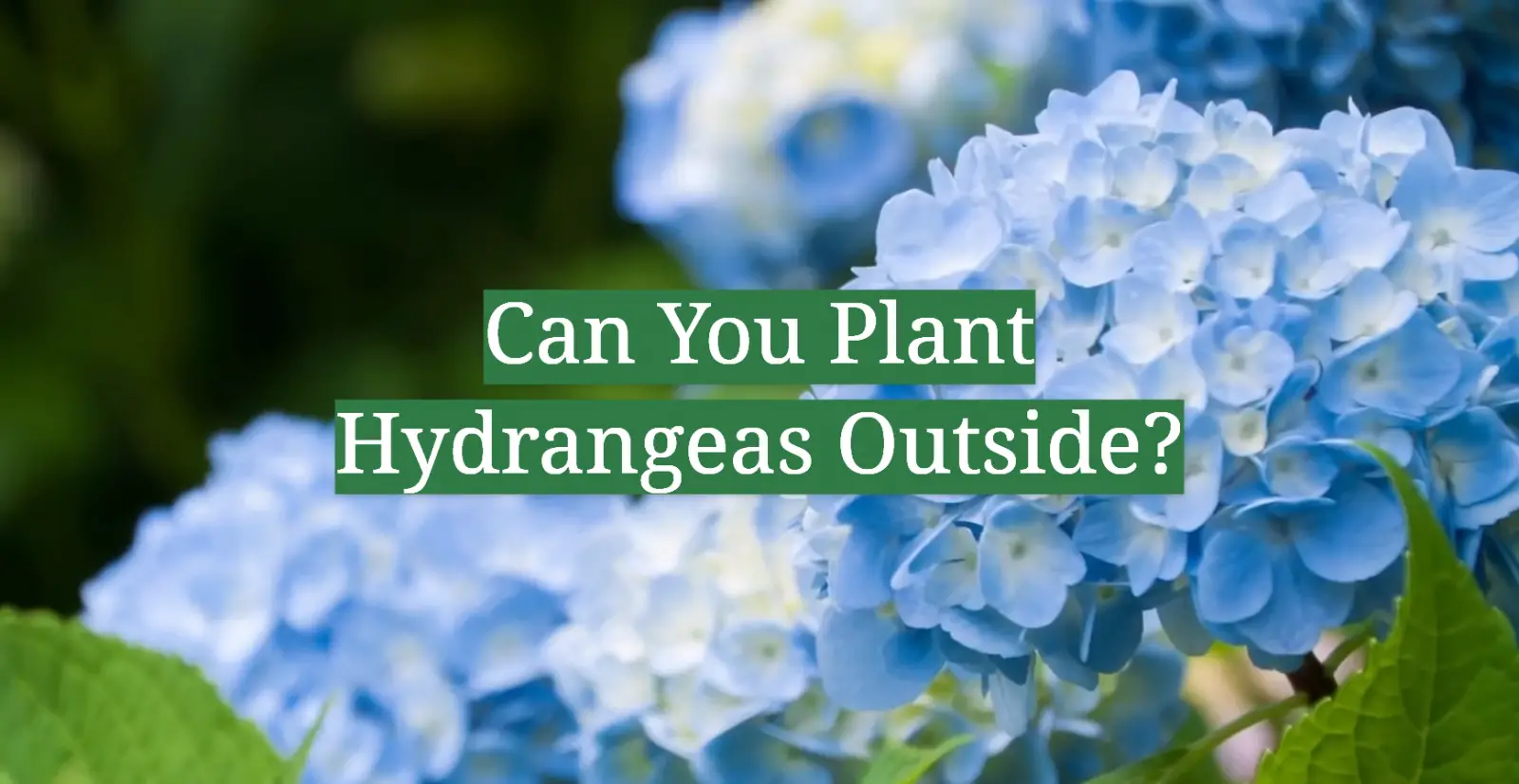
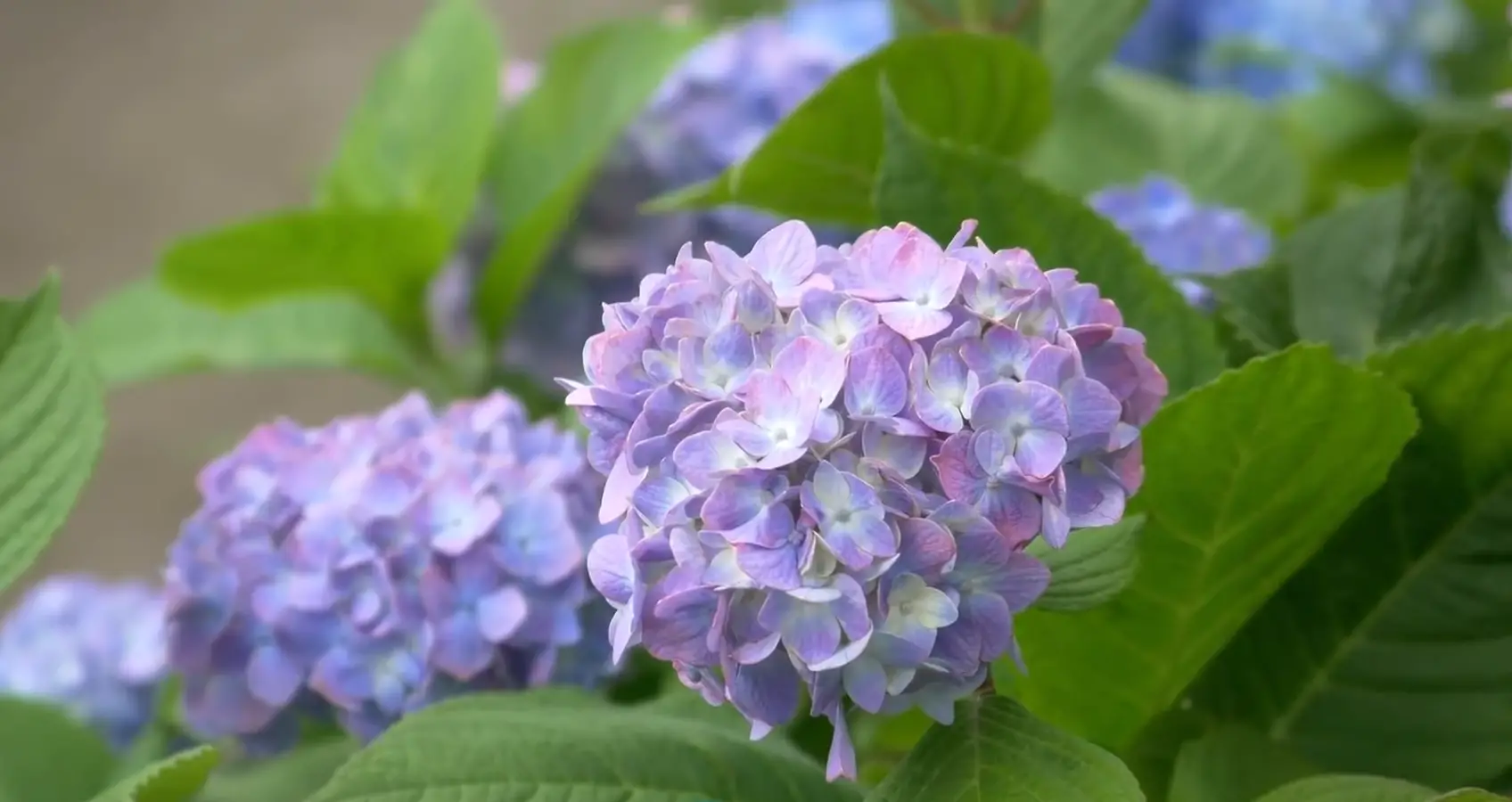
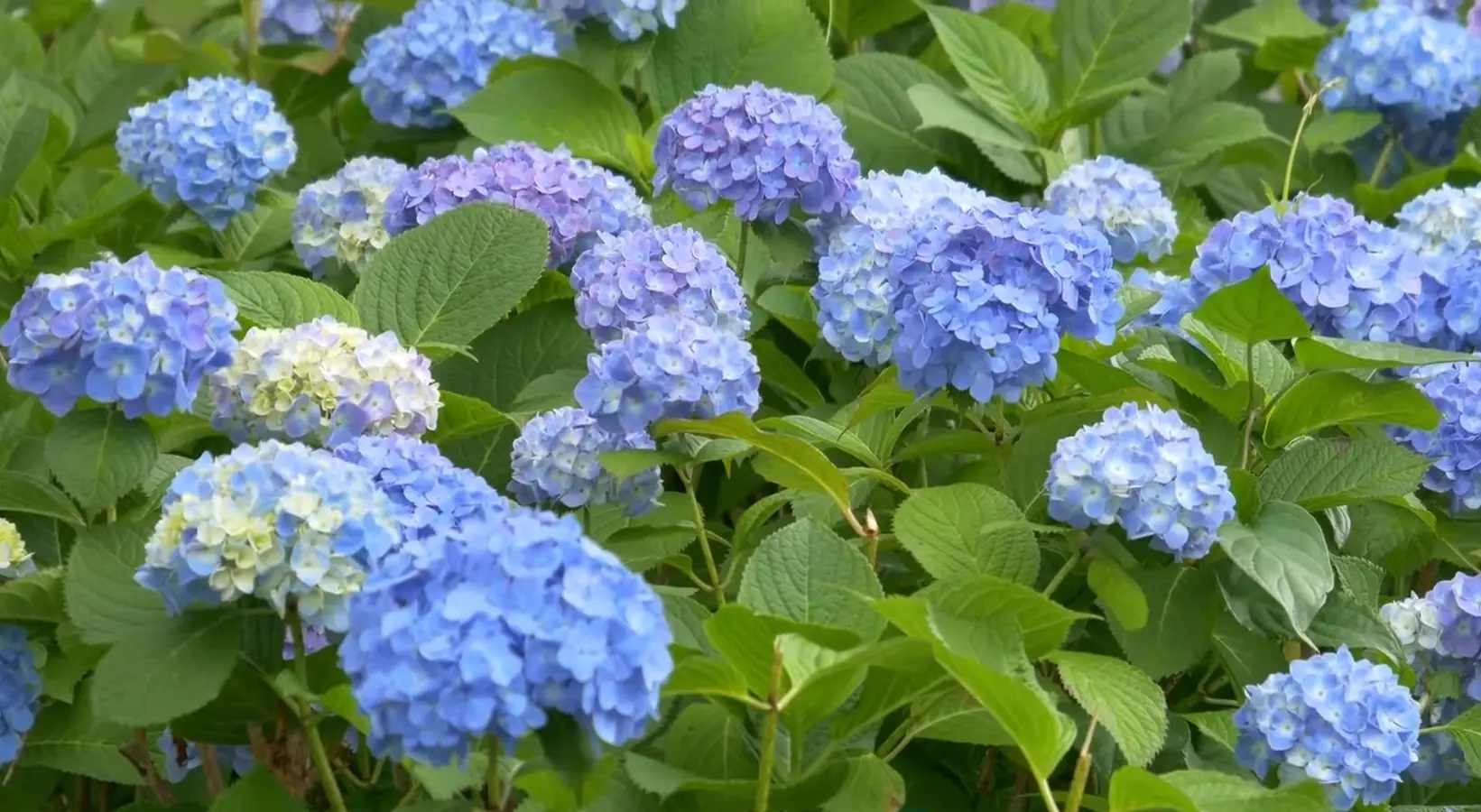
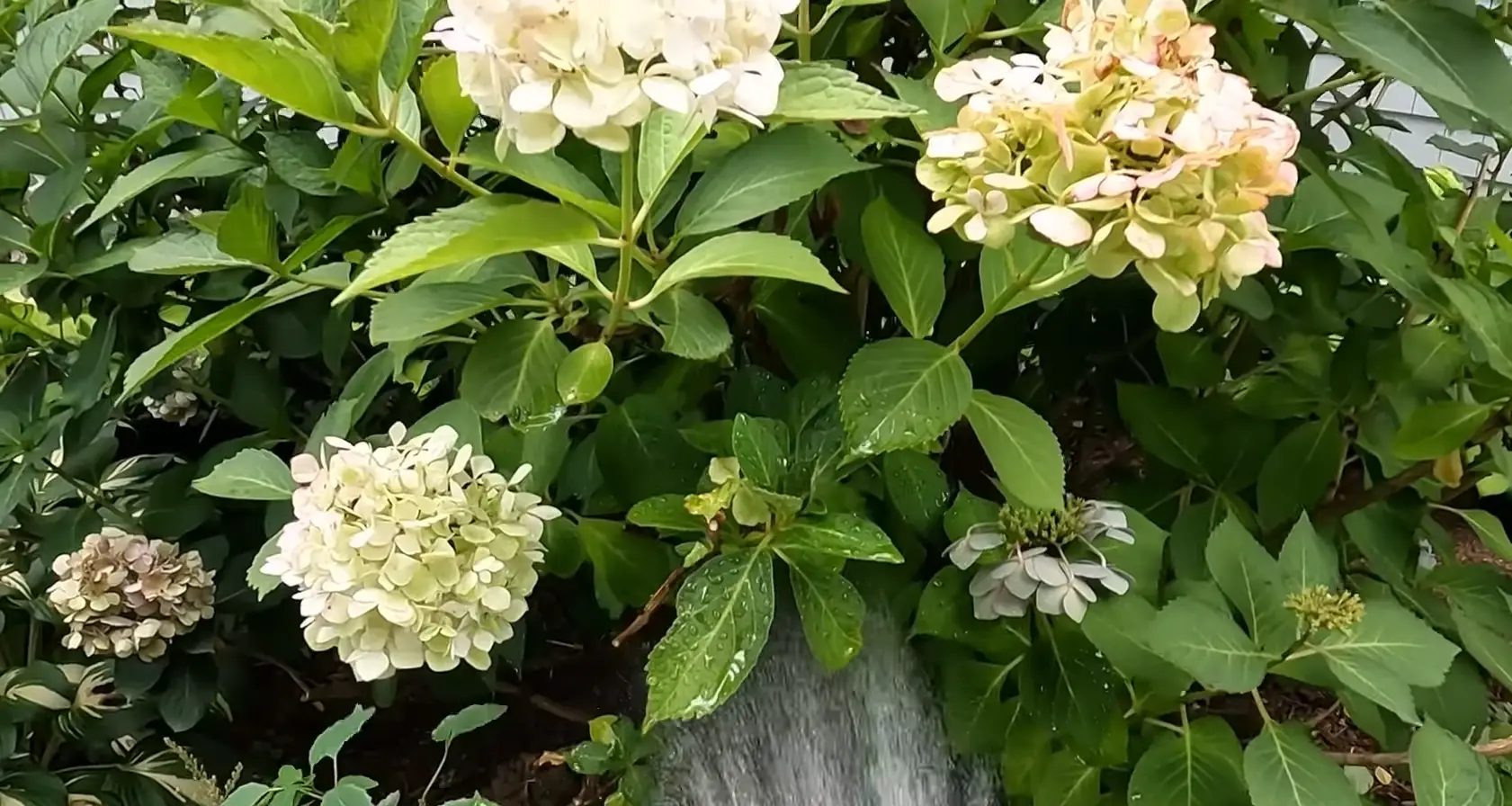

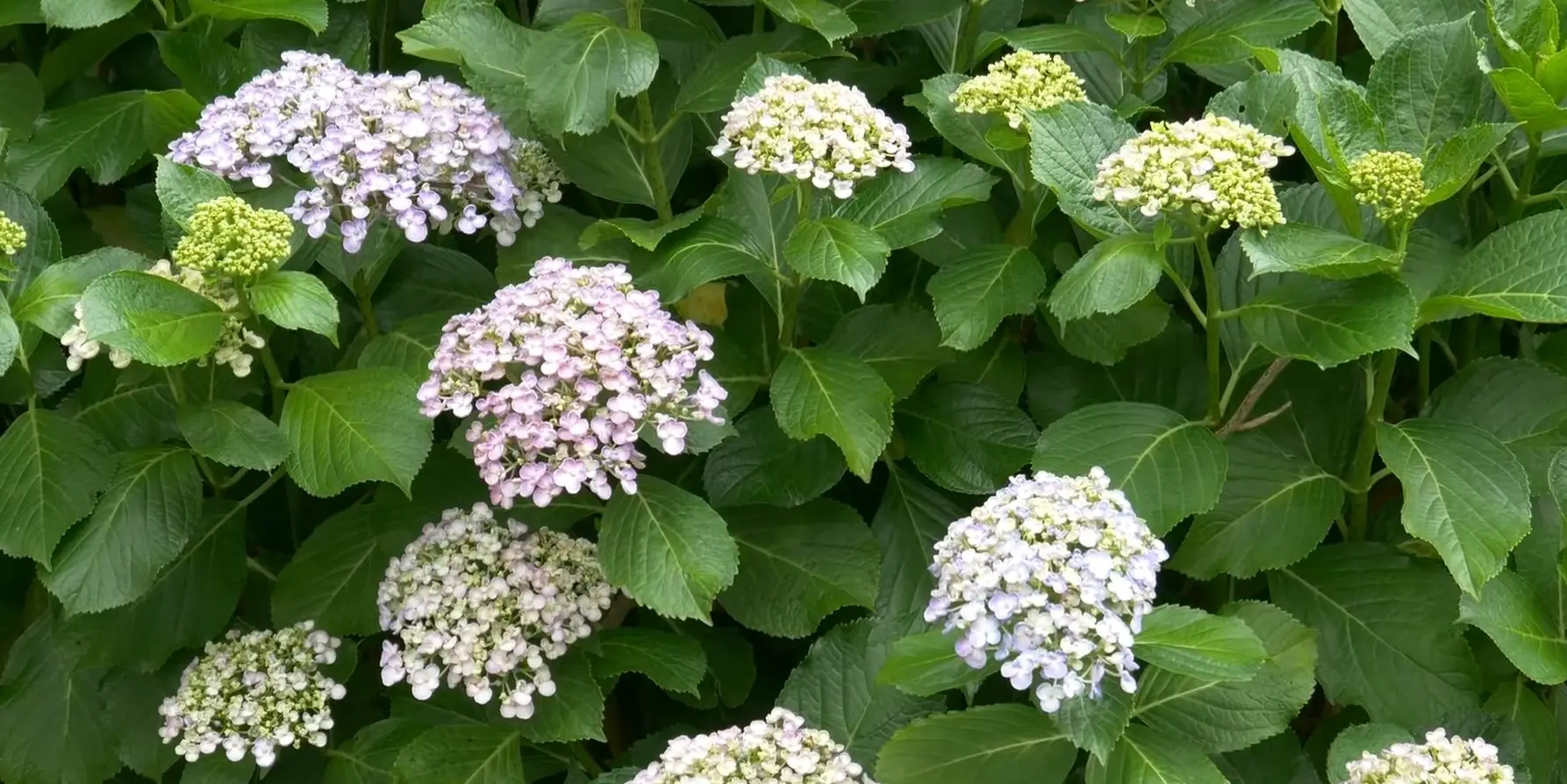
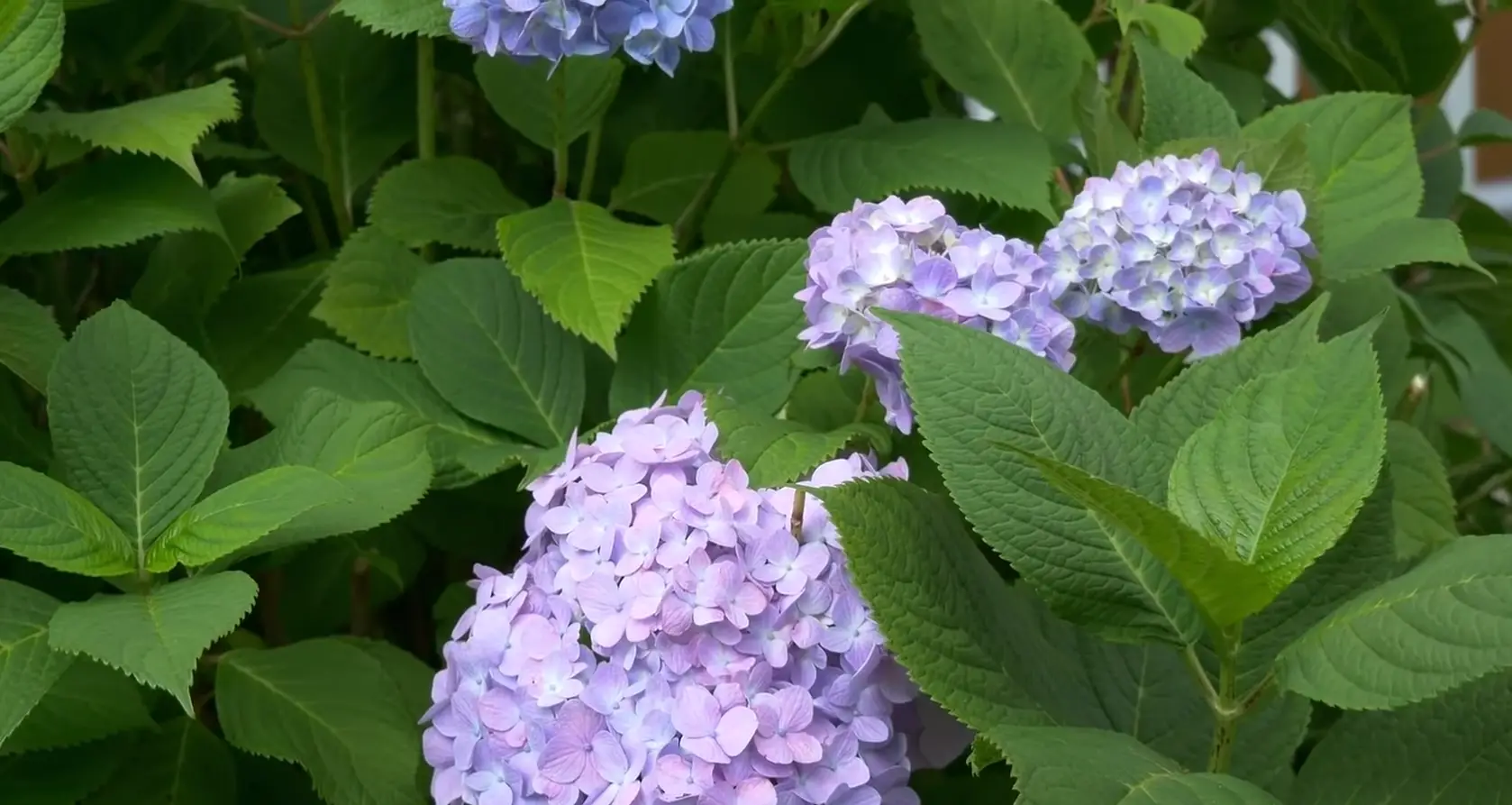




Leave a Reply
View Comments